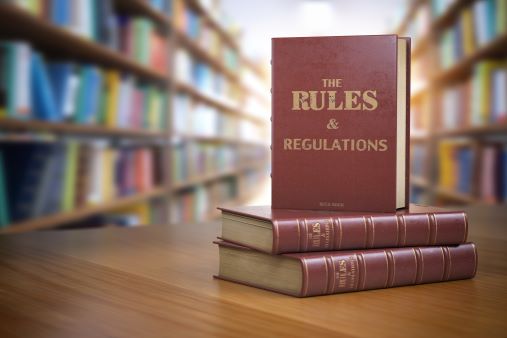Many companies pride themselves on maintaining and rigorously enforcing equal employment opportunity (EEO) policies. From a business perspective, EEO policies help ensure a company is regarded as a fair place to work – improving employee morale and productivity. From a legal perspective, strong EEO policies (a) help protect the company from discrimination, harassment or retaliation claims by identifying and (hopefully) resolving problems ahead of costly litigation; (b) force the company to create a record of its position with respect to an employee’s claims and the justifications for its actions – documentation which potentially could prove invaluable in the event of litigation; and (c) reduce the chances of an employee recovering punitive damages by showing that the company is proactive about equal rights enforcement.
Of course, as part of maintaining effective EEO policies, companies must investigate claims that arise. This necessarily requires in-house legal and HR departments to interview witnesses, review documents, analyze evidence and reach conclusions. Given the Columbo-esque magnitude that an in-house investigation can sometimes take, it is understandable that a company would want to showcase the thoroughness and meticulous nature of the investigation it conducted during subsequent litigation. A recent decision from the federal court in Connecticut sheds some light on the limits of internal investigations in litigation. The case, Castelluccio v. International Business Machines, Case No. 3:09-cv-1145 (District of Connecticut, December 23, 2013), involved a long-time employee who, at the age of 60, was removed from his job and offered a severance package. The employee lodged an internal complaint with the company alleging age discrimination. The company’s HR representative investigated the claim by, among other things, looking at the employee’s job performance records, and particularly the feedback he had received from some executives on his handling of difficult customer situations. The investigation ultimately concluded that the company had treated the employee fairly. Before trial, the employee moved to exclude the investigation from being admitted into evidence. The company argued that it supported the company’s motives for the employee’s termination. The court rejected the company’s argument and use of the internal investigation. Of critical importance was the court’s finding that the investigation was one-sided. The investigation was not conducted by a neutral party, but rather the company’s HR representative; the witnesses and evidence were selected by the HR representative; and there was no hearing and no opportunity for the employee to cross-examine or rebut the evidence offered against him. Additionally, the HR representative admitted that he would have discontinued the investigation had the employee signed the severance agreement. This prompted the court to observe that had the purpose of the investigation “been truly to determine” if the employee had been treated unfairly, the investigation would have reached its natural conclusion “irrespective of the specter of litigation.” Some takeaways from this case are useful for employers:1. Never assume that a jury will ever know that you conducted a thoughtful and diligent investigation. This does not mean that you should not conduct an investigation – just understand that the fact you conducted one (who you talked to, what you looked at, etc.) may not come into evidence. 2. Where circumstances warrant, hire a third party to conduct the investigation so it truly could be considered neutral. 3. If a neutral investigation is impractical or too expensive, ensure that the employee has the opportunity to “submit evidence,” either by identifying witnesses, submitting documents, or otherwise being specific about their complaint (which will enhance the quality of the investigation and the company’s understanding of the merits – or lack thereof – of the employee’s claims). 4. Once a company starts an investigation; it should always finish it, regardless of whether the employee leaves or the issue becomes moot. Shortcutting investigations can create the impression that the company is merely paying lip-service to its EEO policies: “look how little the company cares about the EEO policy, it never even bothered to finish the investigation and find out what really happened after so-and-so left.”If a company that prohibits discrimination, harassment and retaliation is faced with a claim that its policy has been violated, it needs to get to the bottom of the issue. And, of course, it needs to demonstrate that as soon as it learned of the potentially inappropriate conduct, it responded promptly to correct it. Otherwise, it runs the risk that its policy is nothing more than words printed on paper.














